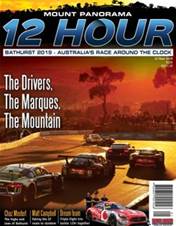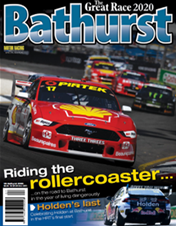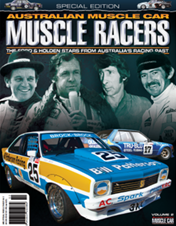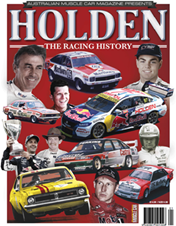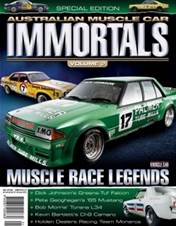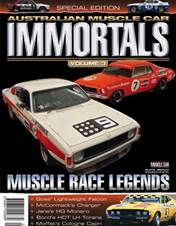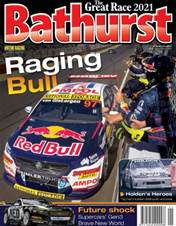If there is one place, or one track, that might be called the spiritual home of the Australian muscle car, it is the Mount Panorama circuit. Yet in the early days it wasn’t much of a motor racing facility. Trackside infrastructure was almost non-existent. It was only used twice a year; the rest of the time it was just a country road a long way out of town.
Even as the 1970s approached, it had hardly changed since the 1940s. As magnificent as Mount Panorama was – and is – it was never going to be the place that would drag what was then an amateurish Australian motor racing scene into the modern age.
But Warwick Farm was.

With its first class amenities, manicured lawns and actual proper grandstands, in 1961 Warwick Farm was everything Bathurst (and NSW’s only other track at the time, the even-more primitive Gnoo Blas public road circuit), wasn’t.
In 1961 Australian motorsport had never seen anything like Warwick Farm. Till then, racing mostly happened in remote locations, normally using public roads or disused military airfields. Now Australia had a purpose-built track just like any modern European grand prix venue, right in the heart of Sydney.
The hope was that Warwick Farm might host our first F1 Grand Prix. That didn’t happen, but in the annual Tasman Cup series, some of the best Formula 1 drivers and their cars regularly raced there.
As did our best touring car drivers. Ian Geoghegan used Mustang 289 V8 power to win in 1968 when Warwick Farm hosted the final single-race Australian Touring Car Championship, but in truth the track was more about handling than horsepower. Indeed, its combination of fast and slow corners proved a fantastic equaliser, the track playing host to some amazing early ’70s Series Production battles: Torana XU-1 vs Falcon GT-HO vs Valiant Pacer/Charger.
Dubbed the ‘Headquarters’, or simply ‘The Farm’, Warwick Farm brought a level of professionalism the sport had never seen. It didn’t last long but it showed the way to the future. They only race horses there now but in the history of car racing in this country, Warwick Farm is absolutely a ‘sacred site’

History 101
In 1958 Belf Jones used an earthmoving ripper to gouge a deep, zig-zagging trench along the entire length of the Mount Druitt motor racing circuit. It was the final act in a bitter dispute between Jones and the Australian Racing Drivers’ Club, which was to have taken over the lease of the western Sydney track from Jones the following day…
Whatever the rights and wrongs of the two sides, the Mount Druitt track was no more. Which meant that as the 1960s approached, there was not a single motor racing circuit within a three-hour round trip of the Sydney area.
To change that sorry state of affairs, a group of enthusiasts got together to form the Liverpool Motor Racing Association. They hoped to build a track at Hoxton Park.
But that plan hit various roadblocks, so the Liverpool enthusiasts approached the Australian Jockey Club, custodians of the nearby Warwick Farm horse racing facility. The LMRA’s proposal to incorporate car racing into the horse venue got a favourable reception – Warwick Farm at the time was underutilised and unprofitable, and considered secondary to the AJC’s main venue at the cityside Randwick.
It was a good deal all round. The LMRA would get its track, and the additional income stream from car racing would cover the shortfall from dwindling horse racing attendances, thereby securing Warwick Farm’s future.

Plans were put into place. The AJC sent businessman Sam Hordern to the UK to see how the Brits had combined car and horse racing at Aintree – which had hosted the British Grand Prix. Hordern returned with plenty of ideas, but crucially he also secured the services of Geoff Sykes, the man who built and ran the Aintree circuit. Sykes’ role as head of the Australian Automobile Racing Company (formed out of the LMRA) was to do at Warwick Farm what he had done at Aintree.
It was Sykes, with the AJC’s surveyors, who designed the layout. Not that they were working with a blank canvas, because one half of the track needed to adhere to the shape of the horse track to take advantage of the grandstand and amenities, while the other half was confined to a smallish strip of land between the Hume Highway to the west, Cabramatta Creek to the north and the Georges River to the east. They were further constrained by the fact that the land was completely flat.
It was a much more restrictive set of parameters than those faced by the creators of the similar-sized Queensland Raceway three decades later, and yet what Sykes’ team produced was a 3.6km track that was, said the then reigning Australian Drivers’ Champion Alec Mildren, a drivers’ circuit.
At Bathurst or Lowood it was all power, and an inexperienced driver with a good car could beat a good driver in inferior equipment. But at Warwick Farm he had a chance. - Alec Mildren
The circuit crossed the horse track in two places (like the Aintree track had). Before every car meeting, the horse rail fences had to be removed and bitumen-covered metal plates placed across the horse racing turf.
From the comfort of the grandstands, spectators could watch the cars come out of Leger Corner and onto Pit Straight, then swing to the right into Paddock Corner and then left to the Western Crossing before they disappeared behind trees and the ‘homestead’ building and on to the 800m Hume Straight (if you were in the grandstand, at this point you would hear the commentary team change as the pit straight announcer handed over to the caller in the secondary commentary box at Creek Corner).
At 3.6km, the track met the minimum FIA requirement for F1. While Australia would wait another quarter of a century before it got an actual F1 grand prix, right through the 1960s Warwick Farm hosted the world’s top F1 drivers and cars.
It was the entrepreneurial Sykes and his UK connections which secured the stars for the annual Tasman Cup, and year after year huge crowds flocked to see them.
The track’s western Sydney location made it accessible to large population areas, and uniquely it was serviced by its own dedicated railway station out the front of the venue.
The first big meeting was in early 1961, the International 100 race – won by Stirling Moss in 41-degree heatwave conditions before a sweltering 65,000 crowd. Moss returned to win again the next year, few months before his careerending crash at Goodwood.
The big names kept coming. Jack Brabham won the Australian Grand Prix the following year. Top locals such as Frank Matich and Leo Geoghegan found themselves competing against world champions, including Jim Clark, Jackie Stewart, Graham Hill, Denny Hulme and, of course, Brabham.
The F1 era of the Tasman Cup ended in 1969. Spectators that year prepared to brave the rain were rewarded with the incredible spectacle of the constantly-sideways Lotus Cosworth V8 of race winner Jochen Rindt.

The Tasman Cup then switched to Formula 5000 but, as spectacular as the 5.0-litre V8-powered cars were, it wasn’t the same. But then this was a time of transition in Australian motorsport as sedan racing began to rival openwheelers for premier status.
As a track that favoured handling, Warwick Farm was a great leveller. Allan Moffat’s Boss Mustang was in its element here, and Jim McKeown only needed non-turbo 2.2-litre power in his Porsche 911 to win the 1970 ATCC round (but he was helped when Moffat got T-boned by Geoghegan’s Mustang at the opening corner, the shunt also taking out the Brian Foley and Bill Brown 911s).
Bob Jane’s 7.0-litre Camaro was more challenged at Warwick Farm than elsewhere, although in truth it could win anywhere. At the 1971 AGP meeting, the big Chev made for spectacular viewing as Jane, after a bad qualifying, erupted from the fourth row, blasting past Escorts and Minis at a speed differential almost frightening to watch, the thundering sound of the big 427 V8 echoing against the back of the grandstands…
A year earlier, Colin Bond pulled the surprise of the Series Production season when he gave the new XU-1 version of the LC Torana GTR its first race. No one expected the XU-1 to be anything but a class contender, but on debut at Warwick Farm it won outright – and just four weeks out from Bathurst…
Frank Matich famously once said that ‘you could take your bank manager to Warwick Farm’. At the start of the commercial age of the sport, this was an important factor. Captains of industry – the sponsors – could be invited to enjoy a day at the car races in the comfortable surroundings of a modern sporting arena. It was civilised and centrally located; it was everything that Mount Druitt had not been.

As a motor racing facility, Warwick Farm was in a way ahead of its time. If only the same could be said of what it served up on the track, because by the early ’70s the crowds were going elsewhere, to Amaroo and especially Oran Park. There they enjoyed a different kind of racing: near non-stop programmes of sprint races, with lots of sports sedans – the existence of which the AARC only reluctantly acknowledged (as an example, Peter Brock’s Austin A30-Holden was a welcome and frequent interstate visitor to Oran Park but it never ran at ‘The Farm’ – it would have been considered too uncouth).
The ‘proper’ Warwick Farm way of doing things was going out of style…
But the rival Sydney tracks were the least of Warwick Farm’s problems. While its safety record was good, it was under pressure from CAMS to do a major upgrade of the safety barriers (this was an ongoing issue, and had almost forced the venue’s closure two years earlier).
The cost of new fencing against the backdrop of dwindling crowds made for a bleak picture, but there were other problems. One was the ever-encroaching urban sprawl, but the big one was the TAB. The state-owned monopoly off-course betting agency was introduced in 1965, and part of its profits went back into the horse and greyhound racing venues. Thanks to the TAB, the AJC no longer needed the money generated by the car track – and it certainly didn’t need the headaches that came with accommodating the cars: the fence upgrades, laying and removing the crossings and horse fencing…
When Amaroo and Oran Park were shut down, their final race meetings were turned into big celebratory occasions. Not so Warwick Farm.
The July ’73 meeting which hosted the final round of the ATCC (won by Brock’s XU-1, although the title had already gone to Moffat) also turned out to be Warwick Farm’s final. A club meeting was held on the short circuit in August; after that, the remaining meetings for the year were quietly cancelled.

What’s left today

Warwick Farm lay dormant after its 1973 closure, although the short circuit (the section inside the horse railings) was used for a while to stage the Shell Mileage Marathon. The Hume Straight and Esses section were used by advanced driving schools for some years until that area was bulldozed to make way for a secondary horse track.
Today there is little evidence that cars ever raced at Warwick Farm. The entire section inside the horse rails has been removed, save for small strips of track on Pit Straight and Polo Corner. The Causeway and its fences (above) remain but the road is gone. There are remnants of the pit apron (concrete blocks); the lap score and paddock buildings (which also served the horse track) remain but are abandoned.
At Homestead Corner (below), some of the original bitumen is still there, and a small section of the painted kerbing on the apex of this corner has survived.

Special thanks to Brian Goulding and Paul Cross for their assistance with this story.

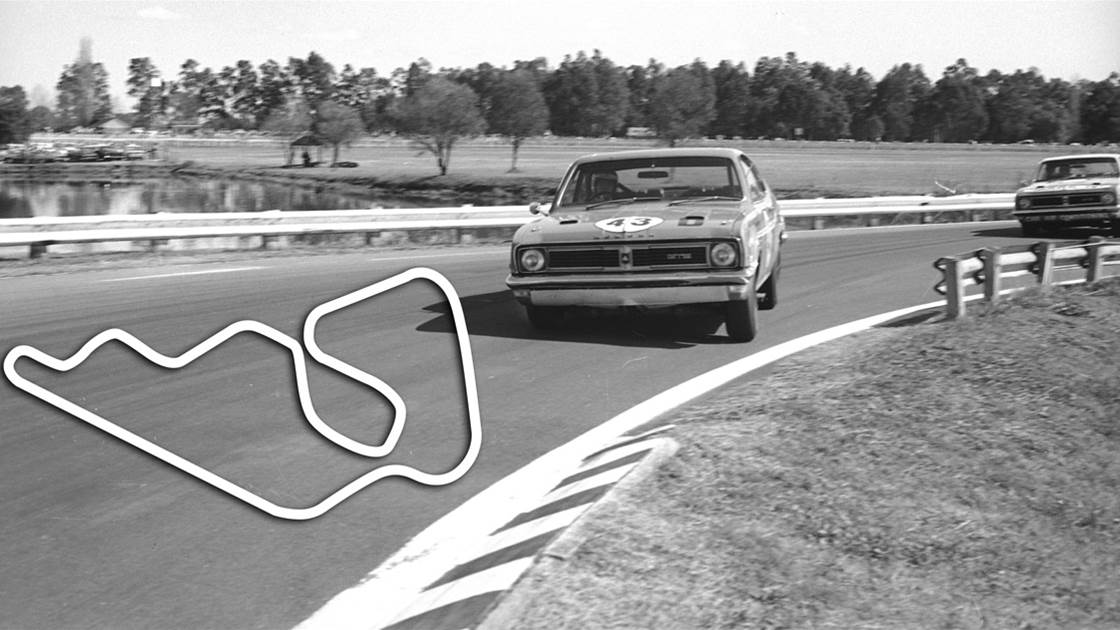




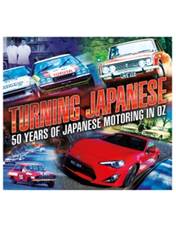
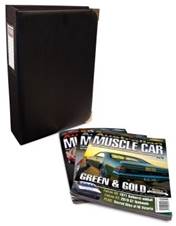


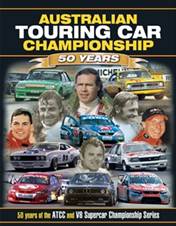

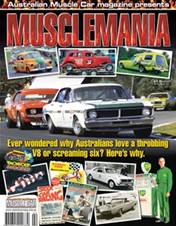
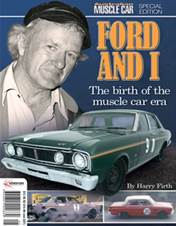
.jpg&q=70&h=226&w=176&c=1&s=1)
